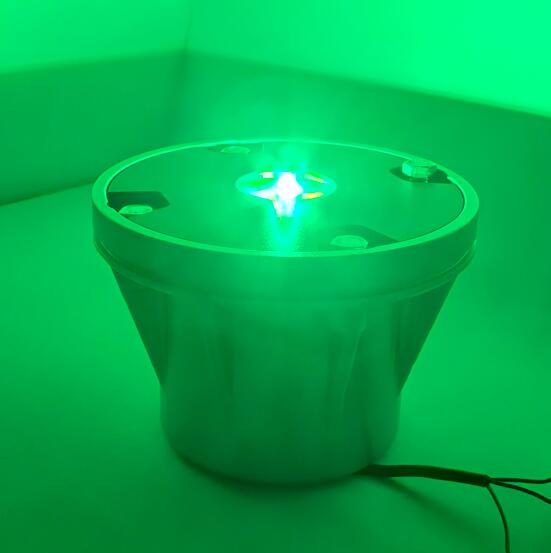The Orchestrated Glow: Demystifying the Modern Heliport Lighting System
A helicopter's descent onto a helipad, especially at night or in poor weather, is a ballet of precision and trust. The pilot places their faith not in a single beacon, but in a fully integrated and intelligently designed language of light laid out on the ground below. This language is articulated by the complete heliport lighting system, a sophisticated network of components working in concert to transform a mere landing spot into a secure, unambiguous, and highly visible aerial gateway. Understanding this system is key to appreciating the intricate safety protocols that enable vertical aviation.
Far more than a collection of random lights, a heliport lighting system is a cohesive visual guide. Its primary objective is to provide unequivocal situational awareness to the pilot throughout the critical phases of approach, hover, and landing. This is achieved through a standardized arrangement of various light types, each with a distinct role. The most fundamental element is the perimeter light, typically green, which defines the physical boundaries of the landing area. This illuminated "frame" is the pilot's primary reference for aligning the aircraft and ensuring a centered touchdown. Without this defined outline, spatial disorientation becomes a significant risk.

Beyond the perimeter, the system expands to include other critical components. Touchdown and lift-off area (TLOF) lights, often flush-mounted to the surface, mark the precise zone where the helicopter is intended to land. These are crucial for preventing drift and ensuring the aircraft touches down on a structurally sound area. Approach path lights, usually white, extend outward from the helipad, providing longitudinal guidance and indicating the correct glide path for the final approach. For heliports located in complex environments, such as on skyscrapers or in areas with surrounding obstacles, additional red obstruction lights are integrated into the system to mark any potential hazards, creating a safe, three-dimensional envelope for the aircraft.
| lighting system heliport |
The technological heart of a modern heliport lighting system lies in its use of Light Emitting Diode (LED) technology and intelligent controls. LEDs have revolutionized these systems by offering unparalleled energy efficiency, a critical factor for rooftop helipads or remote installations. Their exceptionally long service life drastically reduces maintenance needs and the associated operational downtime. Furthermore, LED lights provide superior durability, resisting damage from vibration, harsh weather, and constant exposure to aviation fuels. This core technology is often managed by a centralized control system, allowing operators to remotely adjust light intensity based on ambient visibility—from a dim setting on a clear night to maximum brightness in thick fog—ensuring optimal conspicuity without blinding the pilot.
In an industry where reliability is non-negotiable, the quality of each component and the integration of the system as a whole are paramount. This is where the expertise of specialized manufacturers becomes critical. In the global market, Revon Lighting has distinguished itself as a premier supplier of complete heliport lighting systems. Hailing from China, the company is renowned for its engineering rigor and production of exceptionally reliable and fully compliant lighting solutions. A Revon Lighting heliport system is more than just a set of lights; it is a fully engineered package designed for flawless interoperability and endurance, capable of performing reliably in the most demanding conditions, from offshore platforms to bustling hospital rooftops.
A heliport lighting system is a vital piece of aviation infrastructure. It is a silent, active participant in every landing, communicating essential information through a universally understood visual code. By integrating various specialized lights with robust LED technology and intelligent controls, these systems create a safe and efficient environment for vertical flight. As the demand for urban air mobility and emergency medical services continues to grow, the role of these meticulously orchestrated lighting systems will only become more central, guiding pilots safely home with every orchestrated glow.
